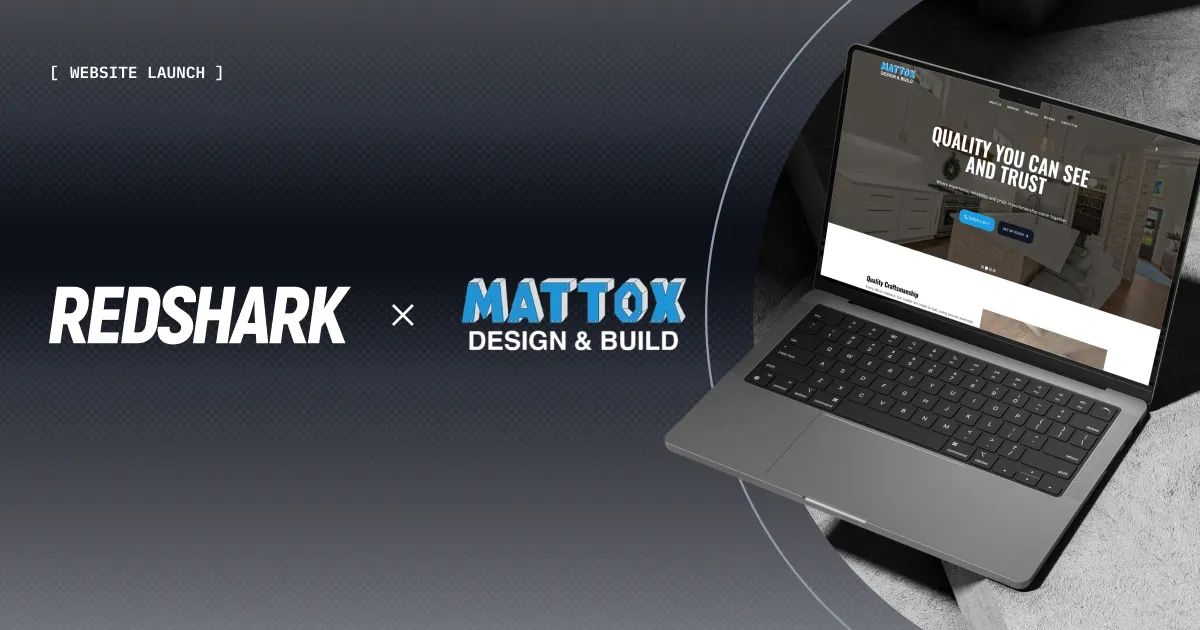
What is Responsive Web Design?
What is Responsive Web Design?
Featured & Recent Articles
What is Responsive Web Design?

It’s no secret that mobile devices are just as prevalent as desktop devices on the web. More and more users are using mobile devices, such as tablets and smartphones, to visit websites. Knowing this, you should make sure your website is easy to view on a mobile device, otherwise you’re losing visitors and driving less traffic to your site. In addition, sites that have a responsive design are producing better results in search.
What is Responsive Web Design?
Responsive web design is the process of using HTML and CSS to automatically resize, shrink, or enlarge a website. The thought behind this is that a website’s design and development should respond to the user’s behavior and environment based on screen size, platform, and orientation. This is done in an effort to make it look good on all devices such as desktops, tablets, and phones. Most of the time a responsive web design will use flexible grids and layouts, images, and an intelligent use of CSS media queries.
What are the Benefits of Responsive Design?
The number one benefit of having a responsive web design is creating a positive experience for all users of your site. I'm sure you can remember scrolling through a desktop version of a site while on your mobile device. It’s frustrating having to pinch and swipe through an entire site just to view all the content. That's not a positive user experience and can ultimately lead to less traffic on your site. Having a responsive site means that all users have an equally pleasant time viewing the important information. Another benefit of having a responsive design is that your site may place higher on search results. Search engines, such as Google, have updated their algorithms to reward responsive sites by placing them higher on search engine result pages. These sites are considered “mobile-friendly” and will show above a site that is not responsive.
What is the Difference Between Responsive and Adaptive Web Design?
Responsive designs will use one design and through code will adjust the design to work on multiple screen resolutions and devices. Adaptive web designs will use several distinct layouts for multiple screen sizes. Some people get confused and use responsive and adaptive web design interchangeably. Both offer a way for designers to try and optimize the browsing experience for users. Responsive web designs tend to be more flexible but are harder to create. Responsive web designs tend to be faster than adaptive web designs.
What’s the Next Step?
Just about every client that we work with at Red Shark Digital will request a mobile version of their website. It’s essential, they need one design to work across many devices and screen resolutions. Will the screen sizes ever stop changing? The simple answer, no. In the upcoming years, we may need to account for additional screen sizes and devices. It’s important as a web designer to always be on top of standard screen sizes and requirements. Responsive web design will always be important. It should always be a priority to offer an optimized browsing experience.














.png)




.png)
.jpg)



